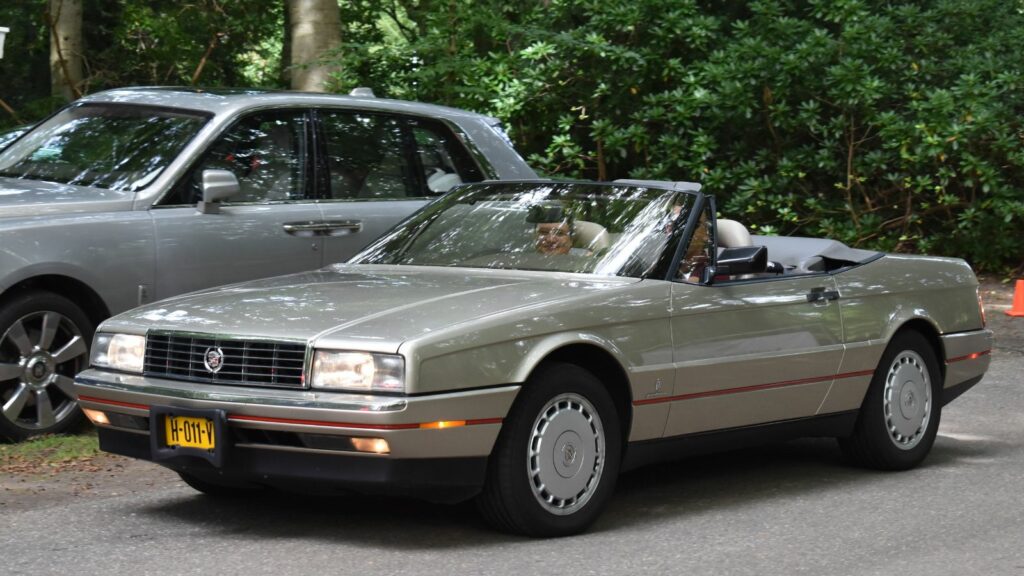The collector car market can be as fickle as fashion. Certain cars rise quickly in value, driven by hype, nostalgia, or low production numbers, only to collapse later when reality sets in. Some vehicles looked like future icons and were treated as collectibles almost from the day they were built, but time has not been kind to them. Whether due to poor engineering, disappointing performance, or simply a lack of real desirability, these cars prove that not everything labeled a “collector’s item” holds its worth. Here are eight cars that were once collectible but today are practically worthless.
Pontiac Fiero
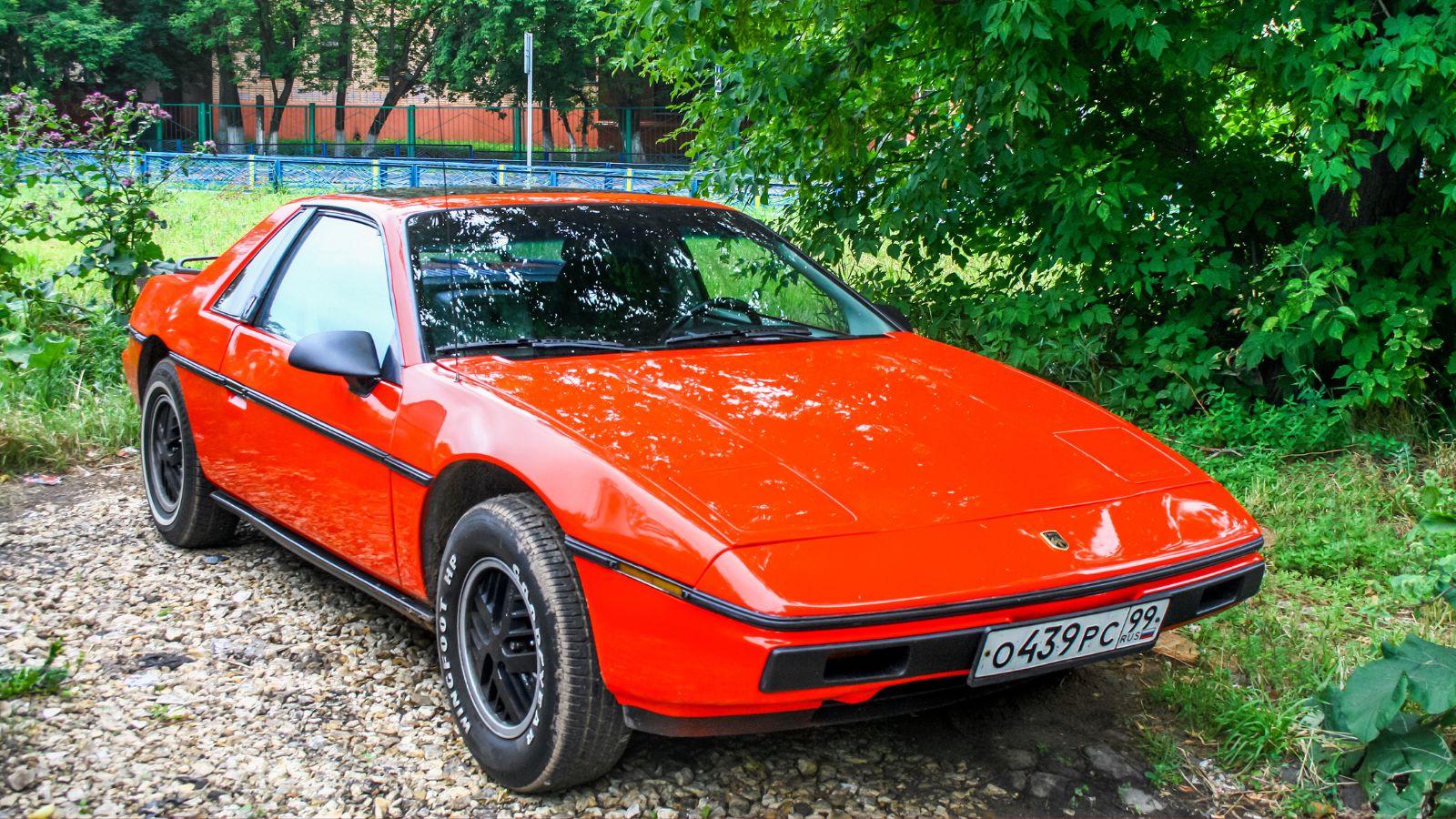
When Pontiac introduced the Fiero in 1984, excitement was high. It was billed as America’s first mid engine sports car, and the idea of owning something that looked exotic at an affordable price caught plenty of attention. Early buyers tucked them away, convinced they were holding onto a future classic. Unfortunately, the Fiero’s engineering flaws quickly became infamous. Underpowered four cylinder and V6 engines left performance lacking, the suspension was borrowed from economy cars, and worst of all, early models had a reputation for engine fires. By the time Pontiac sorted it out with the GT versions, the damage to the Fiero’s reputation was done. Collectors who thought they had a baby Ferrari in their garage found out they had little more than a curiosity, and values today remain firmly at the bottom end of the market.
Chrysler TC by Maserati
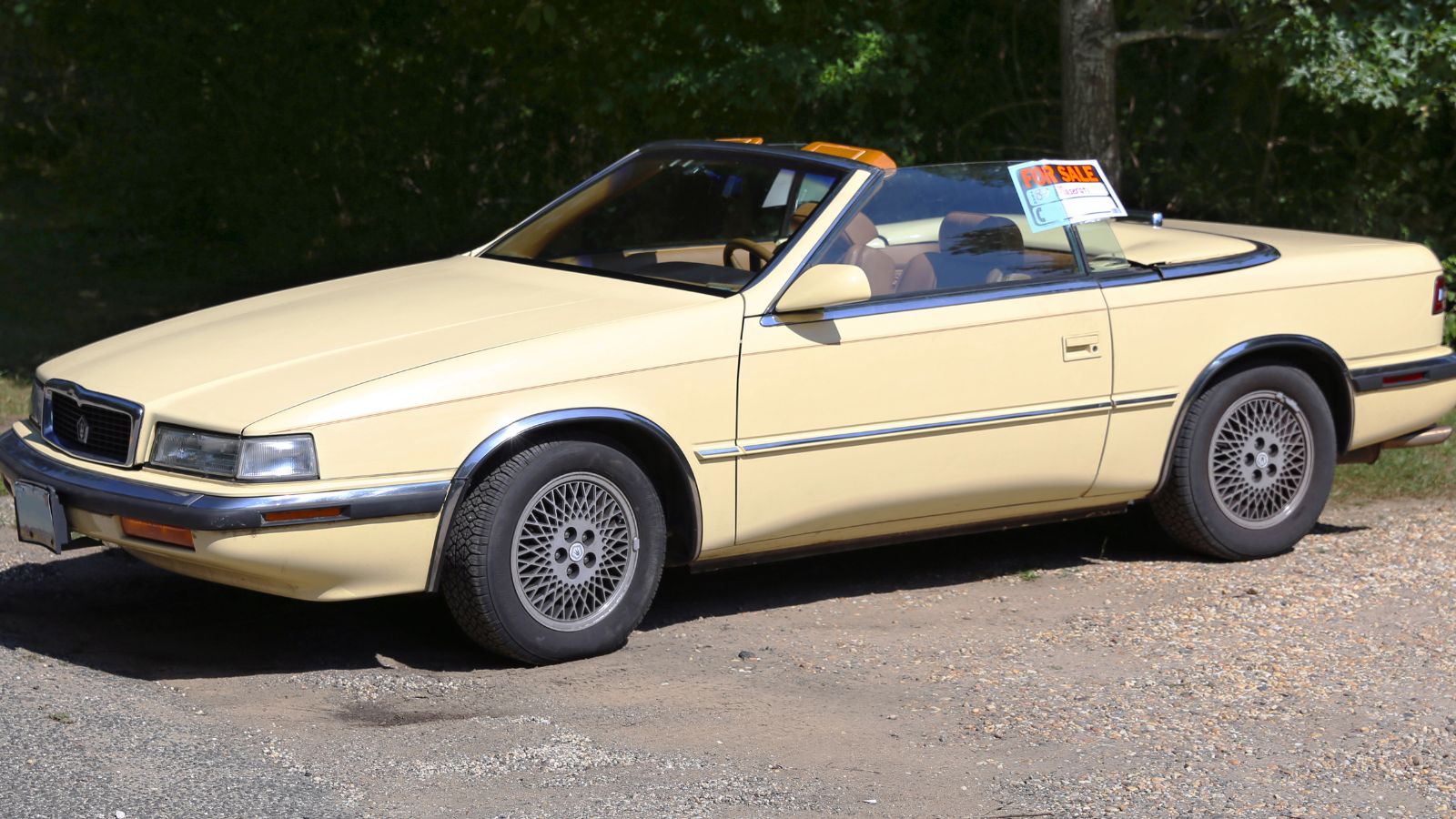
In theory, a collaboration between Chrysler and Maserati sounded intriguing. Introduced in 1989, the Chrysler TC by Maserati was marketed as a luxury convertible with Italian flair and limited production numbers, making it sound collectible from day one. Some buyers believed they were getting a bargain exotic, especially since it carried Maserati’s trident badge. In reality, the car was little more than a lightly reworked Chrysler LeBaron with an inflated price tag. Build quality was poor, the styling uninspired, and performance completely underwhelming. Collectors who paid top dollar at launch soon realized they were stuck with a car that lacked both prestige and capability. Today, the TC is remembered more as a cautionary tale of badge engineering gone wrong than as a desirable collectible.
Cadillac Allanté
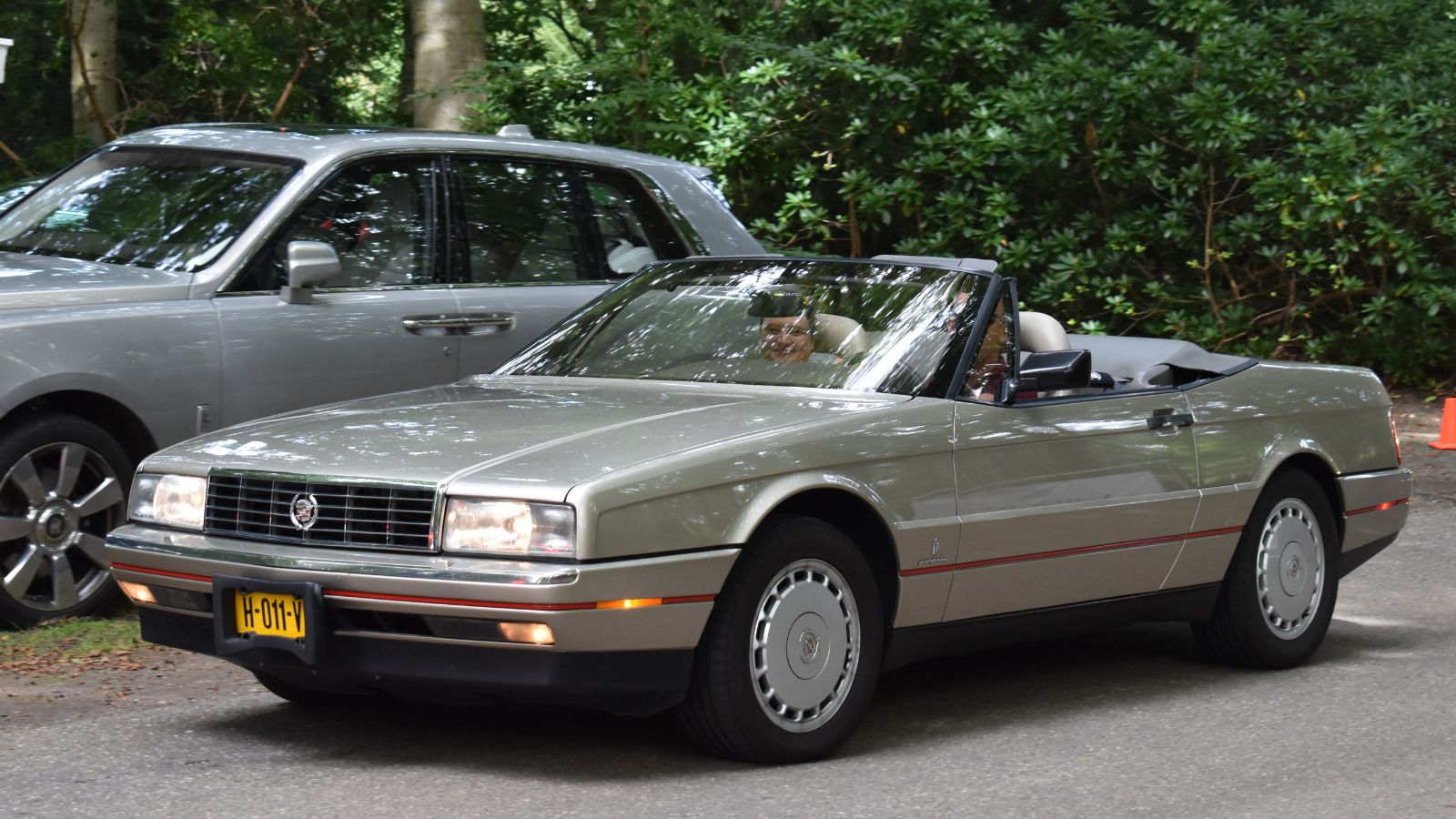
Cadillac’s Allanté had all the makings of a future collectible when it debuted in 1987. Styled by Pininfarina in Italy, the bodies were literally flown across the Atlantic to Cadillac’s plant in Detroit for final assembly. This unusual production process, combined with Cadillac’s luxury reputation, made some believe the Allanté was destined for classic status. But despite its glamorous origins, the car was front wheel drive, weighed too much, and was powered by unremarkable V8s that failed to match European rivals. Collectors who hoped for an American answer to Mercedes and Jaguar instead found themselves with a stylish but uninspiring boulevard cruiser. Even limited production numbers could not save its reputation, and today Allantés trade hands for pennies compared to their original sticker price.
DeLorean DMC 12
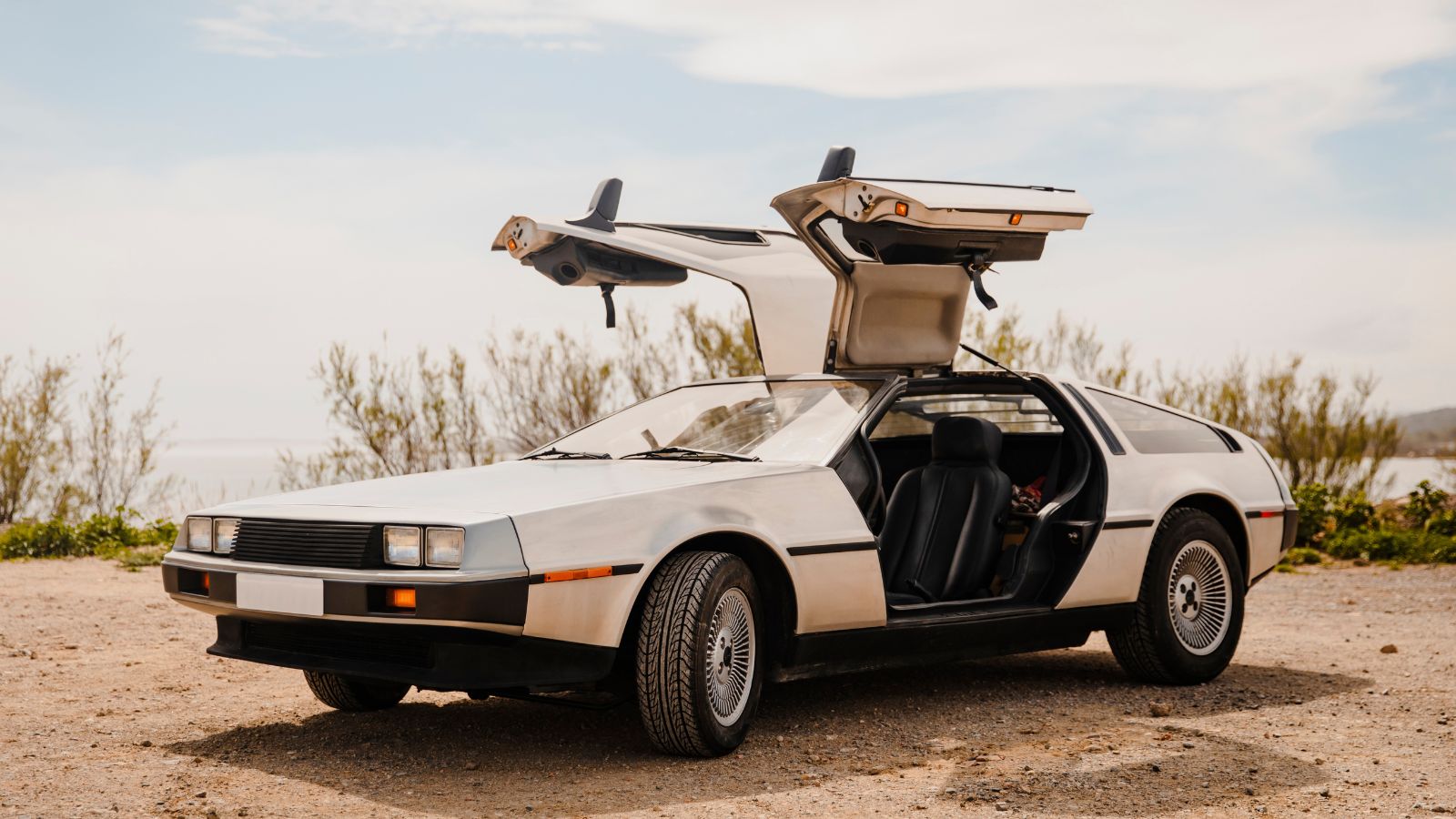
The DeLorean DMC 12 achieved instant fame thanks to Back to the Future. Collectors rushed to buy them, often paying more for the stainless steel gullwing coupe than it was worth. For years, the DeLorean’s celebrity status gave it inflated value, making it a garage queen for movie buffs and hopeful investors. But when judged purely as a car, it was a letdown. Its 130 horsepower V6 made it painfully slow, quality control was abysmal, and parts availability became a problem after DeLorean’s company collapsed. Nostalgia alone has not been enough to keep prices high. While clean examples still have novelty appeal, most DeLoreans are worth far less than owners once expected, leaving many who banked on appreciation disappointed.
Triumph Stag
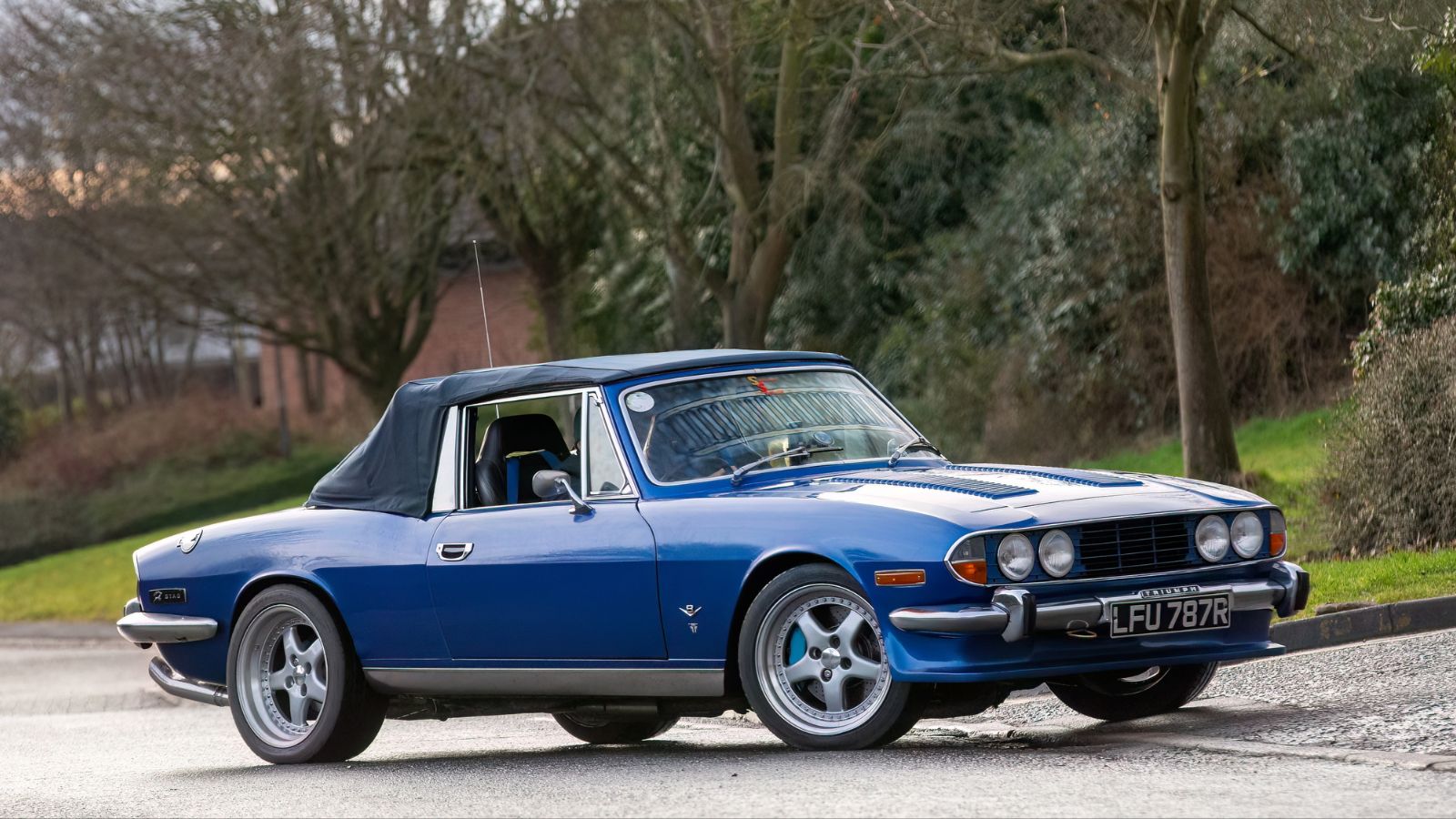
The Triumph Stag looked like a home run when it launched in the 1970s. A sleek British convertible with Italian influenced styling, it had the presence to compete with Mercedes’ SL roadsters. Collectors and enthusiasts thought it was destined to be a future classic, and for a time, values reflected that belief. Then reality set in. The Stag’s bespoke 3.0 liter V8 was plagued by mechanical issues—overheating, blown head gaskets, and fragile timing gear. Reliability was so poor that many owners swapped in different engines just to keep their cars on the road. Collectors who once prized the Stag for its rarity began avoiding it entirely, and today it remains one of the cheapest ways to buy a “classic” European convertible, albeit one few want to own.
1990s Ford Thunderbird Super Coupe
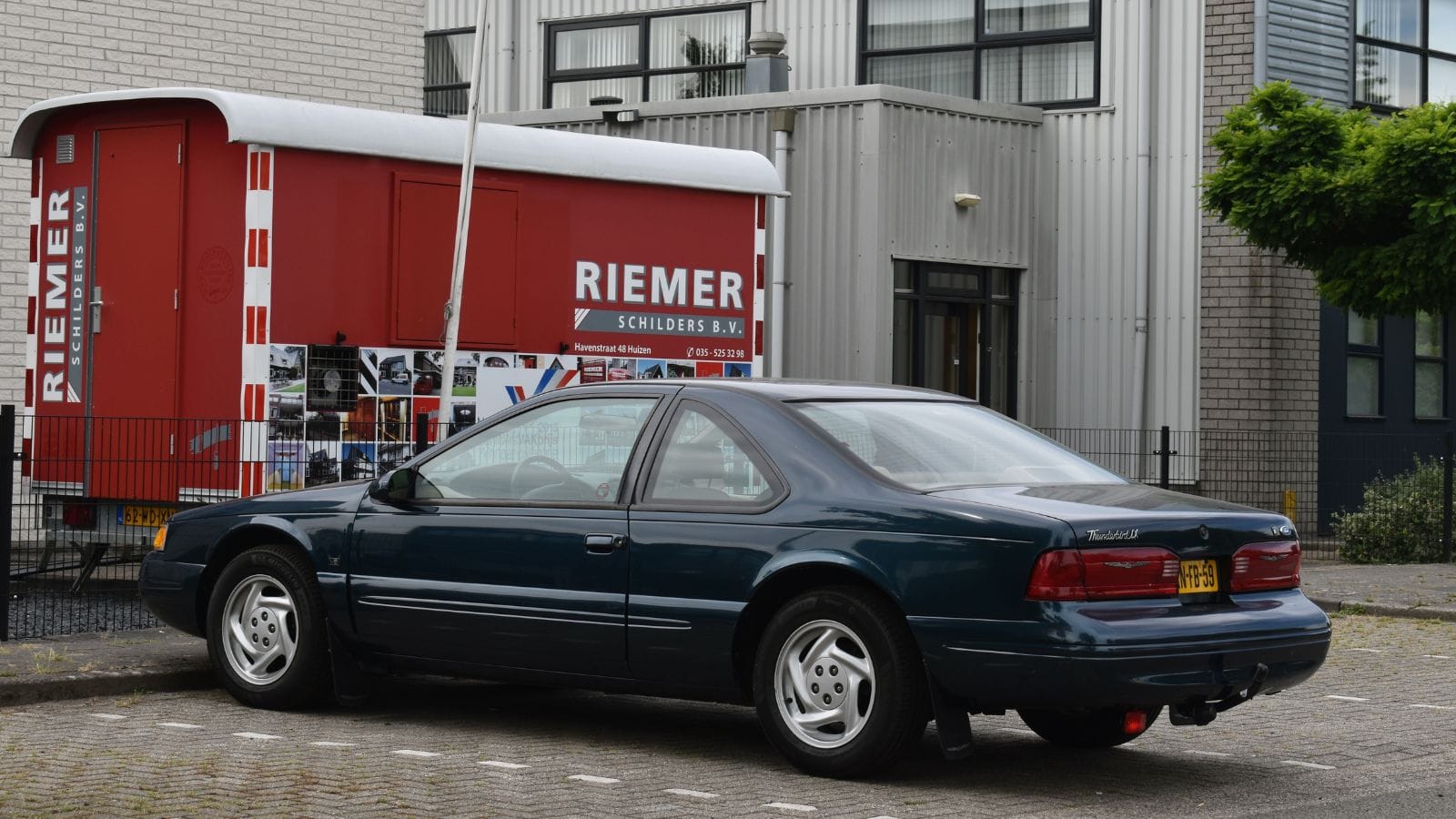
When Ford unveiled the Thunderbird Super Coupe in the late 1980s, it was a car ahead of its time. With a supercharged V6, independent rear suspension, and sleek aerodynamic styling, it looked like a modern performance classic. Enthusiasts initially snapped them up, predicting future collectibility. Unfortunately, the car’s complexity became its undoing. The supercharged engines were costly to maintain, parts grew scarce, and performance was quickly eclipsed by newer muscle cars. Collectors who once saw the Super Coupe as a hidden gem eventually lost interest, and today they are often found in classifieds for a few thousand dollars, sometimes less, with little sign of rebounding.
Mercury Cougar (Eighth Generation)
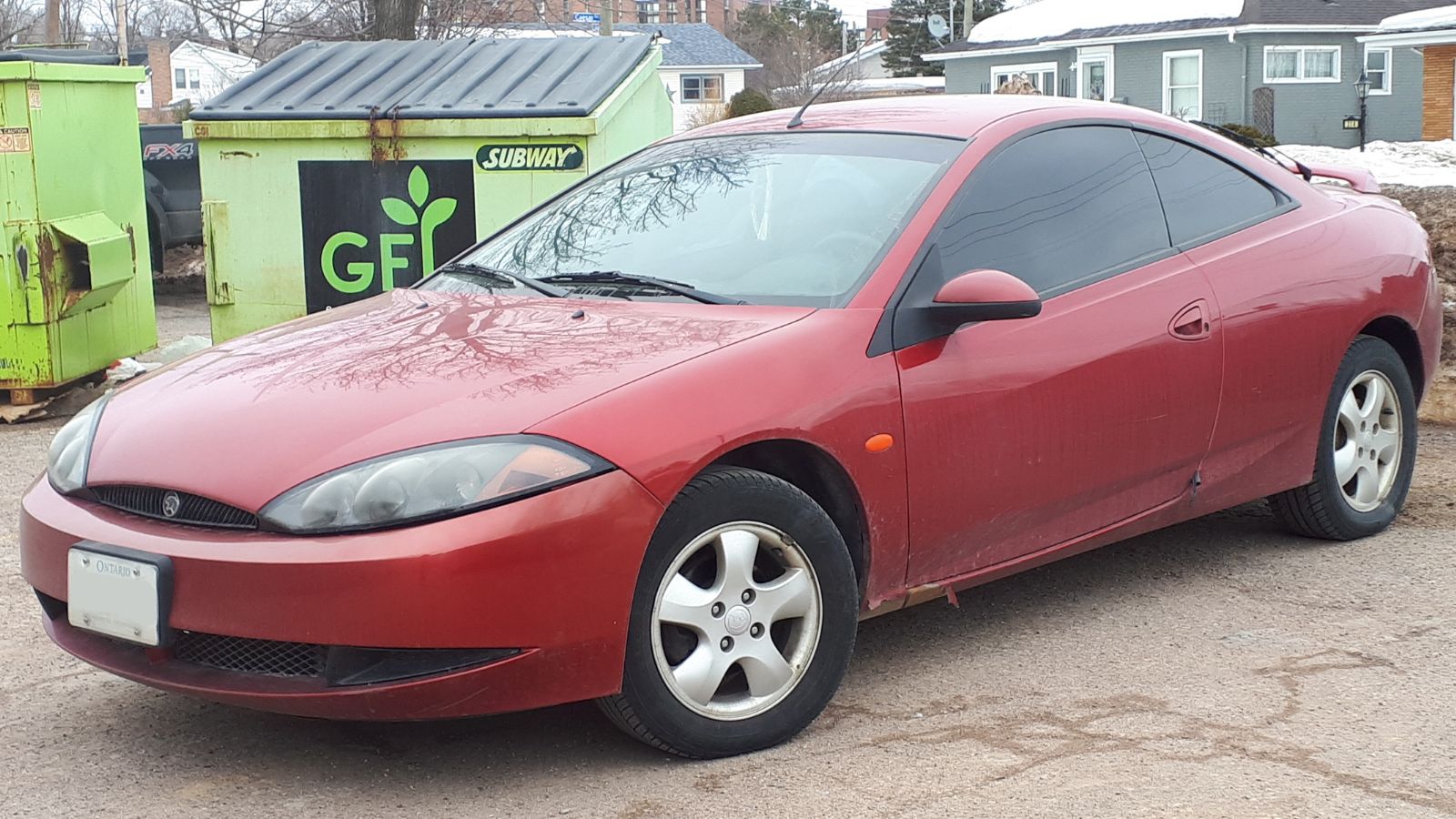
The Mercury Cougar name carried heritage, starting life as a respected pony car alongside the Mustang. By the time the eighth generation arrived in the late 1990s, however, it had lost its identity. Reborn as a front wheel drive compact coupe based on Ford’s global platform, it looked nothing like its muscular ancestors. Collectors at first thought it might gain value as a quirky final chapter for the Cougar, but demand never materialized. Without strong performance or styling, it failed to build a following. Today, the eighth generation Cougar is nearly worthless on the used market, remembered more as an afterthought than a collectible.
Plymouth Prowler
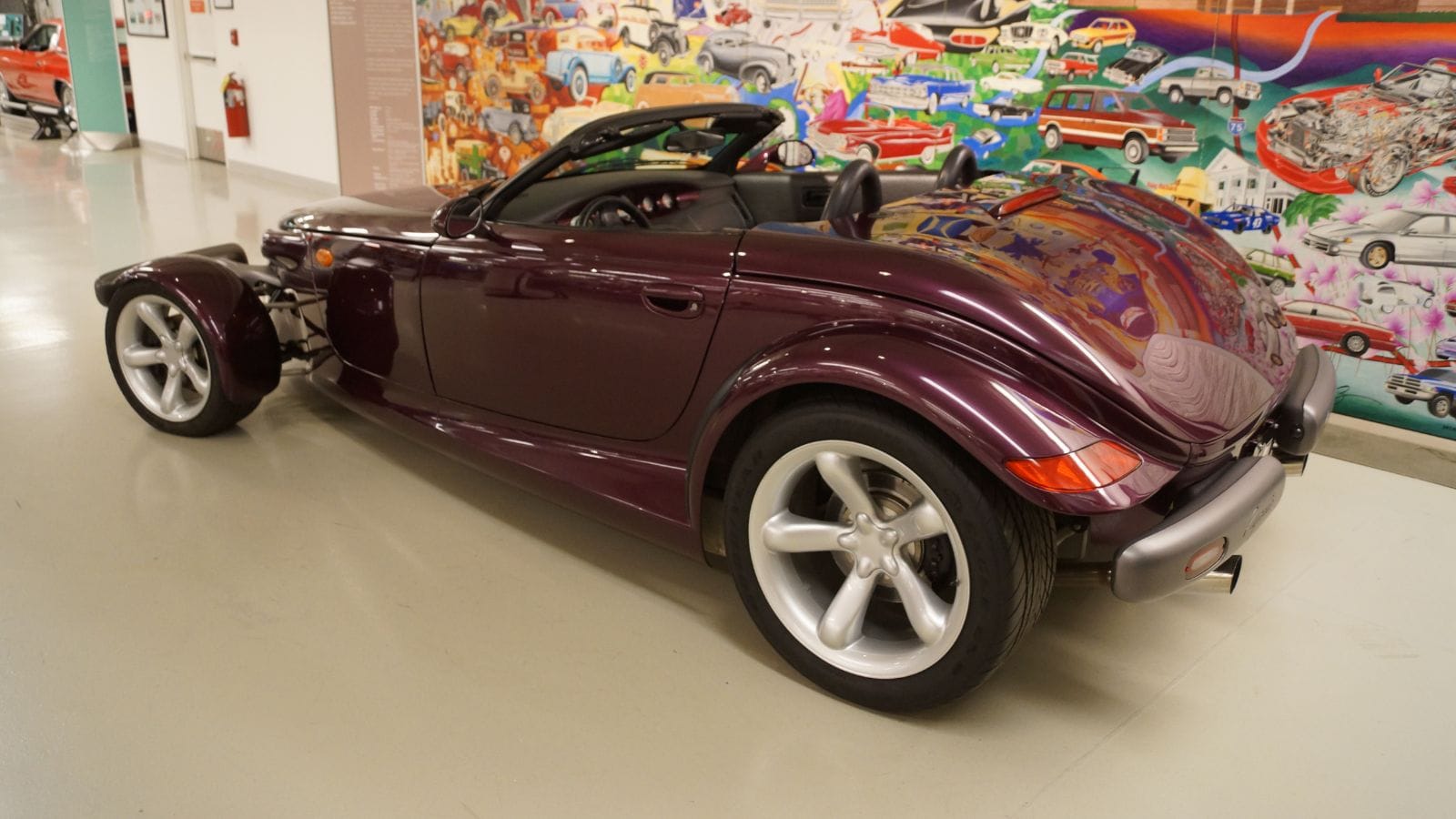
When Plymouth revealed the Prowler in the late 1990s, it looked like a guaranteed collectible. With hot rod styling straight out of a custom garage and limited production numbers, many buyers treated it like an investment from the start, storing them away in pristine condition. Unfortunately, the Prowler’s performance did not match its looks. It came with a V6 and an automatic transmission, a powertrain better suited to a minivan than a street rod. Once the novelty wore off, collectors realized it was all show and little go. Today, Prowlers still stand out for their design, but values have remained flat, often far below what early owners expected.
25 Facts About Car Loans That Most Drivers Don’t Realize

Car loans are one of the most common ways people fund car purchases. Like any other kind of loan, car loans can have certain features that can be regarded as an advantage or a disadvantage to the borrower. Understanding all essential facts about car loans and how they work to ensure that you get the best deal for your financial situation is essential. Here are 25 shocking facts about car loans that most drivers don’t realize:
25 Facts About Car Loans That Most Drivers Don’t Realize
